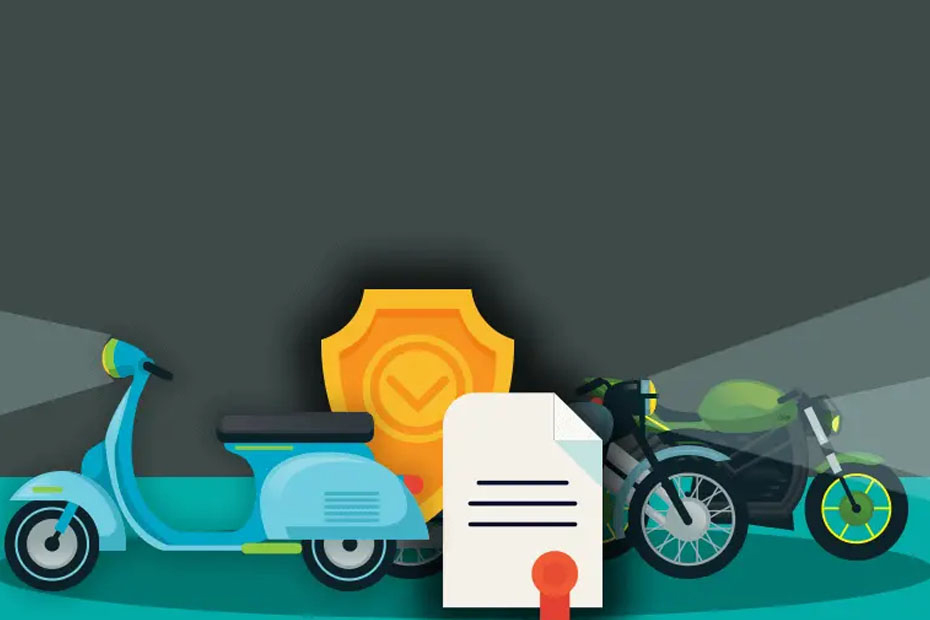If you want to save money without losing value, a high-yield savings account is the best way. You can find them online and in banks. But how do you know if an account really has a high-interest rate? And what other factors should you consider when you choose a top high-yield savings account? In this article, they’ll explain how to find a good one and help you identify the best options for your needs.
Understand what you want from a high-yield savings account
You need to know what you’re looking for to find a high-interest savings account. High-yield savings accounts typically offer the highest interest rate, but they will still be right for some savers. It would be best if you compare all of the following:
- Interest rate
- Minimum balance required to avoid fees
- Fees (e.g., monthly maintenance fee)
- Features and perks offered by each account
Consider online banks If you want a top rate
If you want a top interest rate, consider an online bank. Online banks tend to be more competitive with their rates and fees than traditional brick-and-mortar banks. According to experts like Lantern by SoFi, “The actual terms you may get depend on the things like benefits requested, history, your credit score, usage and some other factors.” For example, some online banks have no minimum balance or deposit requirements.
Online banks also have some advantages over credit unions:
- Many offer better interest rates and fewer fees.
- They’re more accessible by phone and email.
- They’re generally easier to set up automatic deposits.
- They’re usually open 24 hours per day.
Watch out for fees and low minimum balances
The interest rate is one of the most important things to look for when searching for a savings account. If you need to see high interest on that account, then it’s probably not worth your time. It would help if you also kept an eye out for minimum balance requirements and fees.
If you want to save time with a low-interest or fee-heavy savings account, look for a fixed interest rate that stays stable over time (like Certificates of Deposit). The only catch is that some banks require you to lock up your money in these accounts for several months or years before they start paying out high returns on investment.
Choose the right balance between risk and return
Choosing the right mix of risk and return is about finding the balance between what you need and what you’re willing to give up. For example, if you want to ensure that your money is safe from market fluctuations, look for an account offering a high-interest rate with no or minimal risk. But if your goal is to earn as much interest as possible on your savings while still maintaining access to it, consider one that provides low-interest rates but has some flexibility regarding withdrawals and transfers.
There are many things to consider when choosing a savings account, but if you’re looking for a high-interest rate and convenience, online banks are worth a look. They offer competitive rates, and many don’t have minimum balance requirements or monthly fees. But even though they may have to work hard to beat their brick-and-mortar counterparts by much, they can still get you higher returns than traditional banks.








